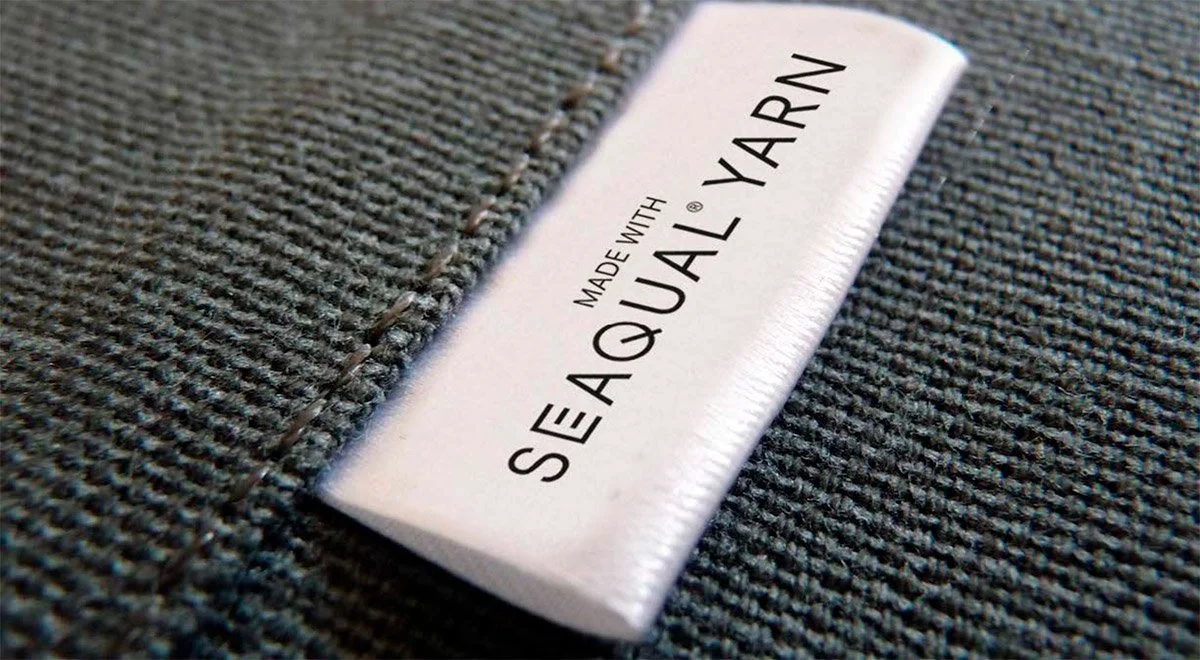
ocean plastic pollution
PLASTIC KILLS MILLIONS OF MARINE ANIMALS EVERY YEAR
At least 14 million tons of plastic end up in the ocean every year. Plastic debris is currently the most abundant type of litter in the ocean, making up 80% of all marine debris found from surface waters to deep-sea sediments. Plastic is found on the shorelines of every continent, with more plastic waste found near popular tourist destinations and densely populated areas.
The main sources of plastic debris found in the ocean are land-based, coming from urban and stormwater runoff, sewer overflows, littering, inadequate waste disposal and management, industrial activities, tyre abrasion, construction and illegal dumping. Ocean-based plastic pollution originates primarily from the fishing industry, nautical activities and aquaculture. Lost and abandoned fishing gear which is deadly to marine life makes up the majority of large plastic pollution in the oceans, according to a report by Greenpeace. More than 640,000 tonnes of nets, lines, pots and traps used in commercial fishing are dumped and discarded in the sea every year, the same weight as 55,000 double-decker buses.
Under the influence of solar UV radiation, wind, currents and other natural factors, plastic breaks down into small particles called microplastics (particles smaller than 5 mm) or nanoplastics (particles smaller than 100 nm). The small size makes them easy for marine life to ingest accidentally.
SEAQUAL®
is a high quality 100% post-consumer recycled polyester yarn containing SEAQUAL® MARINE PLASTIC from SEAQUAL INITIATIVE, with approximately 10% SEAQUAL® MARINE PLASTIC (from plastic marine litter), the remaining 90% is post-consumer PET from land sources. It is almost identical in physical properties to virgin polyester and is available in a variety of sizes and finishes (both in continuous filament and staple fibre). It can be used in a multitude of applications including apparel and accessories, contract and automotive upholstery, home furnishings and technical textiles.
SEAQUAL® YARN has both OEKO-TEX® Class 100 and GRS certification.
MARINYLON®
Recycled Nylon Fishing Net Fabric
MARINYLON® started in Taiwan, and they regenerate the so called ghost nets into a new life (both yarns and fabrics).
The retrieved post-use fishing nets goes through sorting carefully to ensure nylon component to be maximum filtering out. After categorising post-use nylon fishing nets component, they subject to deep cleansing and drying properly and then they are able to progress into pellets making and yarn spinning. MARINYLON® yarn can be collocated with other sustainable components, such as recycled PET, to create fabric with two-tone look. Besides, adding the elastic yarn in textile to bring stretchy hand-feel, or offer breathability through variating the fabrics with open structure. In spite of the fact that the yarn is spinning from recycled nylon raw material, the physical performance will not compromise if comparing with the virgin nylon yarn.
MARINYLON® fabric series are GRS (Global Recycled Standard) certified.



